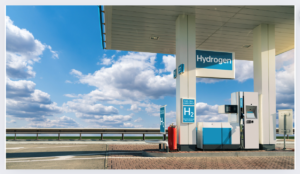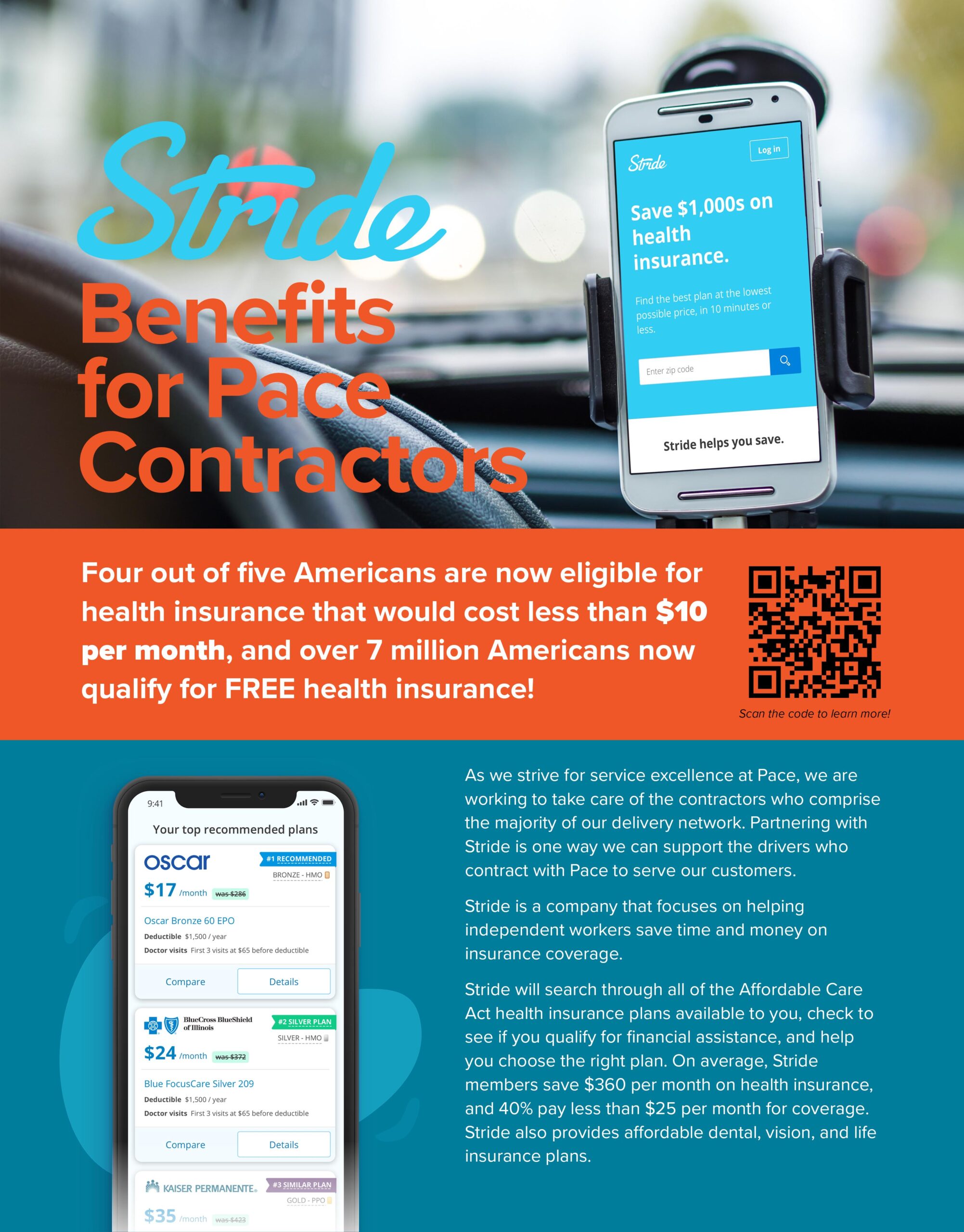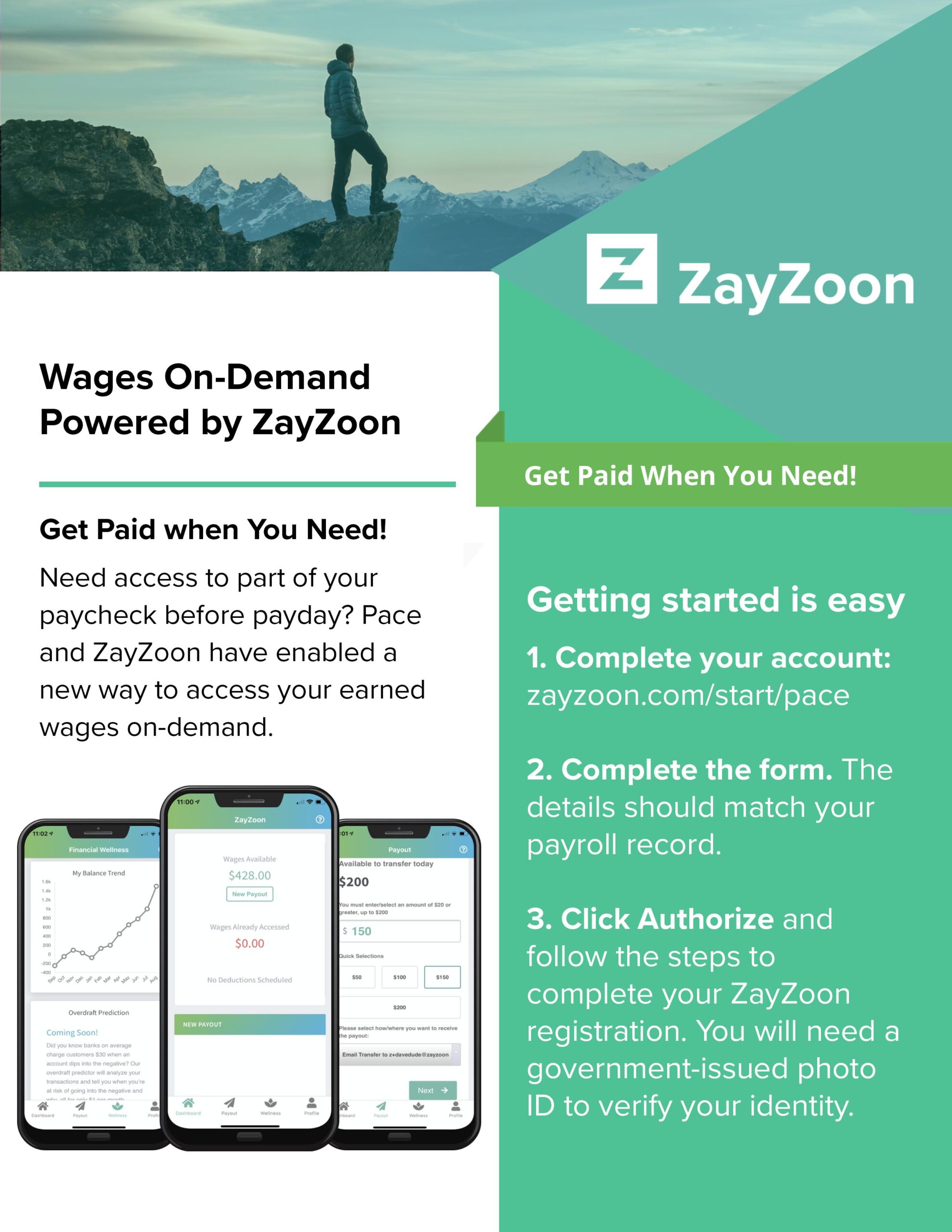
Sustainability has become a hot topic over the last few years. Many experts note that our industry – logistics – contributes 7% to global greenhouse gas emissions. While concern over the environment and sustainability are important societal issues, many supply chain players have been slow to act – particularly mid to small sized companies.
Sustainability means different things depending on context. In its broadest sense, sustainability is “the ability to be maintained at a certain level or rate.” Certainly, a company is in business to be sustainable – that is, profitable at a certain level and growing at a certain rate. Other definitions include avoiding the depletion of natural resources to maintain an ecological balance or pursuing global environmental sustainability. Sustainability is about meeting our needs today without compromising the outlook for future generations to meet their needs – environmentally, socially, and economically.
Logistics and Sustainability
A recent survey of logistics industry professionals conducted by Freightwaves in partnership with Blume Global indicates that individuals are more concerned with sustainability than the companies they work for, while those companies tend to be more concerned than the logistics industry at large. While a focus on sustainability is stronger at the individual level than at the company or industry levels, that trend is beginning to shift. Moreover, 76% of respondents believe that the logistics industry is interested in sustainability, and 91% believe their companies are interested in exploring sustainability programs at the organizational level.
As we mentioned, the logistics industry currently contributes 7% of global greenhouse gas (GHG) emissions. According to the EPA, the transportation industry accounts for 29% of GHG emissions. Over half these global greenhouse gas emissions come from passenger cars and light-duty trucks including pickup trucks, SUVs, and minivans. The rest are attributed to commercial aviation, rail, and ships. Because logistics and transportation are responsible for such significant amounts of fossil fuel consumption and GHG emissions, increasing sustainability across these industries has the potential to significantly improve the global environmental outlook. However, while sustainability goals are becoming more popular and make sense, many businesses find it challenging to take practical steps to meet these goals.
Getting Started with Sustainability
How do you develop a sustainability plan, and why should you want to?
When Blume Global teamed up with Freightwaves to conduct a survey of those in the freight industry, the survey revealed that the leading motivators for adopting a sustainability program are:
- Corporate responsibility
- Concern about climate change
- Demand from supply chain partners
- Consumer demand
Interestingly, very few survey respondents believed that regulatory pressures were a significant factor driving sustainability. Social pressures and environmental concerns may be stronger motivators than governmental pressures. Consumers are becoming more conscious about the environmental impact of their purchasing habits, and they are actively seeking sustainable products from responsible supply chains. Sustainability may affect a company’s bottom line by appealing to consumers’ social responsibility preferences.
Technology and Optimized Route Planning
Once a company decides to “go green,” how does it develop and implement an environmental sustainability program? Nearly 80% of Blume Global survey respondents said they believed technology was the most crucial factor for achieving sustainability goals, followed by:
- Renewable energy
- Green buildings
- Recycling, and
- Alternative fuels.
Technology, particularly software used in optimized route planning, is a great starting point for your sustainability program. Technology and optimized route planning can help reduce GHG emissions by increasing operational efficiencies. The EPA also suggests training drivers in techniques that reduce fuel consumption, including efficient driving habits and smart vehicle maintenance. Technology is a key (and potentially underutilized) component in the transportation industry when pursuing a reduction in greenhouse gas emissions.
In the survey conducted by Blume Global, participants reviewed topics such as technologies that optimize route planning, renewable energy vehicles, technologies that recommend carriers and routes with a minimal carbon footprint (vs cost and on-time performance), as well as technologies that provide carbon footprint transparency for carriers and routes. The survey results demonstrate that the technology that makes the biggest impact on reducing GHG emissions is believed to be one that optimizes route planning. Renewable energy vehicles came in as a close second.
When it comes to technological advances toward sustainability in the logistics industry, optimized route planning may in fact have the greatest impact on reducing GHG emissions. Transporting empty containers is the leading culprit that produces negative miles while reducing profit, customer satisfaction, and the ability to drive carrier utilization. Pace often utilizes optimized route planning and dynamic routing for our customers. This effort not only helps save time and money but also advances us toward environmental sustainability and reducing GHG emissions. CEO of Blume Global Pervinder Johar states, “Empty miles are a significant driver of increased supply chain costs and carbon emissions. Reducing empty miles can be done through street turn matching, which matches outbound moves with inbound moves to rail ramps, rather than repositioning empty containers for pickup,” Johar says. Optimized route planning has the potential to significantly reduce the carbon footprint of the logistics industry.
Renewable Energy
Respondents also considered renewable energy vehicles to be a valuable investment for the future of sustainability in logistics. However, renewable energy vehicles such as electric trucks can present a significant cost barrier. In fact, half the survey respondents indicated that funding was the largest obstacle to implementing a sustainability program at their company. Industry experts point out that while the upfront costs of many sustainability initiatives are high, the overall payoff may be worth it. Glenn Jones, Global Vice President of Product at Blume Global, explains that “Going green helps attract socially-conscious consumers who are considering sustainability practices as they make day to day purchases.”
While renewable energy is without a doubt a factor of consideration for proponents of a carbon-neutral logistics industry, even an electric vehicle leaves a footprint if coal is used to produce the electricity that powers it. Electric vehicles also depend upon the accessibility of charging stations and the time necessary to complete a charge. Along those same lines, solar energy continues to be a distant dream for many communities due to steep upfront costs and variable levels of practicality depending upon where one lives. That said, alternative fuels may present shippers and carriers with a first and more cost-effective step forward.
Alternative Fuels
Alternative fuels like natural gas still produce GHG emissions, but not as much as traditional fossil fuels. In fact, renewable natural gas derived from methane can reduce GHG vehicle emissions by 382%. So, while alternative fuels may not be a permanent solution, they can help shippers and carriers begin achieving their sustainability goals until the industry is able to fully shift to renewable energy.
Regardless of the steps it takes to get there, we are moving toward a more widespread adoption of sustainable operations as consumers, suppliers, shippers, and carriers become deeply connected to environmental impact. Not only can sustainable practices increase profitability through operational efficiencies, but they can also attract environmentally conscious consumers, shippers, and supply chain partners. There are many paths forward and more to be discovered through the collective ingenuity of humankind. Technology and innovation will help the logistics industry and its stakeholders keep driving toward a brighter future.









